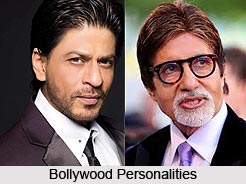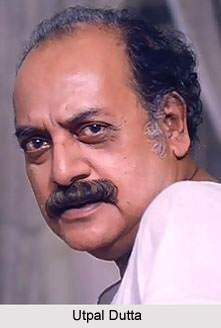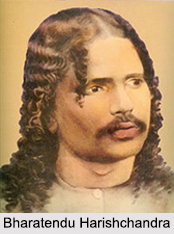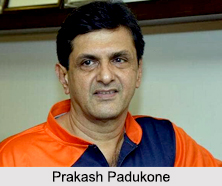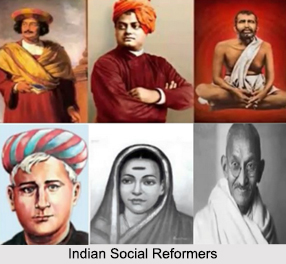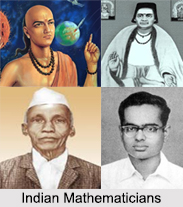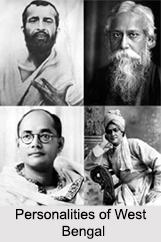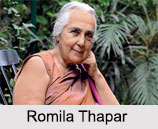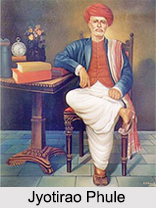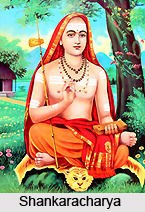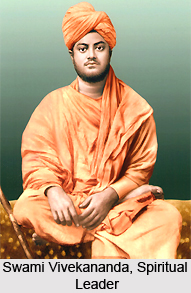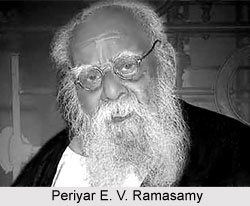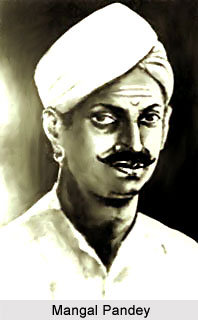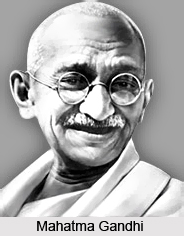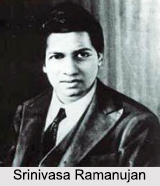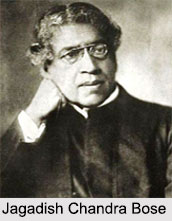Acharya Pingala, a distinguished figure in ancient India during the 3rd to 2nd century BCE, was both a poet and mathematician renowned for his seminal work, the “Chanda?sastra.†It is alternatively referred to as the Pingala-sutras. This treatise consists of eight chapters in the late Sutra style and represents the backbone of Sanskrit prosody. While it has been dated to the concluding centuries BCE, comprehending it fully necessitates the aid of a commentary.
Historical References on Acharya Pingala
References to Pingala can be found in various ancient texts, attesting to his enduring influence on mathematics and linguistics. In the 8th century, `Vrittaratnakara` by Kedara acknowledged Pingala`s contributions. Later, in the 12th century AD, Trivikrama referenced Pingala`s `Chandahsastra` in `Tatparyatika.` Another significant reference can be found in `Mritasanjivani` by Halayudha from the 12th century AD, which includes a commentary on Commentaries.
Halayudha notably replaced laghu with zero, introducing the concept of zero in numerical for the first time. By this time, the use of zero had become widespread in India, but its use in numerical subsequently influenced mathematical practices worldwide. Some scholars assert that Maharshi Pingala was the sibling of Pa?ini, the eminent Sanskrit grammarian, often regarded as the first descriptive linguist. An alternative perspective identifies him as a sibling of Patanjali, the scholar from the 2nd century CE who authored Mahabhashya.
Contributions on Binary Number System
Acharya Pingala made significant contributions to the development of the binary number system and its application in the enumeration of Sanskrit metre in his work, the “Chanda?sastraâ€. This seminal work marks the first known description of a binary numeral system, where Pingala utilized the concepts of light (laghu) and heavy (guru) syllables to represent combinatorics in Sanskrit metre.
Pingala`s binary system commenced with "0000" to represent four light laghu syllables and progressed systematically, akin to the modern binary system. While he employed the terms laghu and guru instead of 0 and 1, the underlying principles align with the binary concept that is known today. Despite his pioneering work with binary numbers, Pingala did not employ the concept of zero (0). Later mathematicians represented using 0 and 1.
Rather than using 0 and 1, Acharya Pingala used laghu or light and guru or heavy to describe the two syllabi in Chandahsastra, while solving the different possibilities of the algorithm through laghu and guru swar. And unintentionally Pingala found the different patterns of Binary Numbers.
Later Reference to Binary numbers
The transmission of knowledge regarding binary numbers from its origin in India to Europe spanned several centuries. It was in the town of Pisa, Italy, where Leonardo, famously known as Fibonacci, acquired knowledge of binary numbers through interactions with Arabs. Notably, Fibonacci acknowledged that the Arabs had originally obtained this knowledge from India. However, in subsequent years, Fibonacci`s successors opted to designate these numerical concepts as Arabic numerals, a nomenclature that persists to this day and has become ubiquitous in modern mathematics and numeration systems.
Works of Pingala
Pingala, the distinguished mathematician, embarked on a scholarly endeavor to index, scrutinize, and enhance the chandahs within the Vedas. His notable contributions included the formulation of a systematic technique known as “Pratyay†or an algorithm called “Prastaarâ€. Through this method, he exhaustively enumerated all conceivable combinations of syllables for a quarter, encompassing sequences with "n" letters. In essence, Pingala`s work entailed the generation of various distinct sequences, thereby shedding light on the intricacies of Sanskrit prosody and paving the way for a more comprehensive understanding of Vedic literature.
Pingala Series
During his exploration of various combinations of laghu and guru syllables, Pingala, the Mathematician, serendipitously discovered a numerical sequence:
0, 1, 1, 2, 5, 8, 13, 21, 34, 55...
This sequence, which is presently known as the Fibonacci series, finds abundant occurrences in the natural world, such as the branching patterns of trees and the arrangement of leaves on a stem.
Initially referred to as matrameru by Pingala, the Fibonacci series also bears the moniker Gopala–Hemachandra number. Notably, Pingala is credited with establishing the binomial theorem for index 2, that is for (a+b) 2, akin to his contemporary Greek mathematician Euclid. Thus, Pingala`s contributions extend beyond the realm of Sanskrit prosody, leaving an indelible mark on mathematical theory and its manifestations in the natural world.
No clear documented information exists about the birth and death of Pingala, but it is believed that he lived around 400-200 BC.
